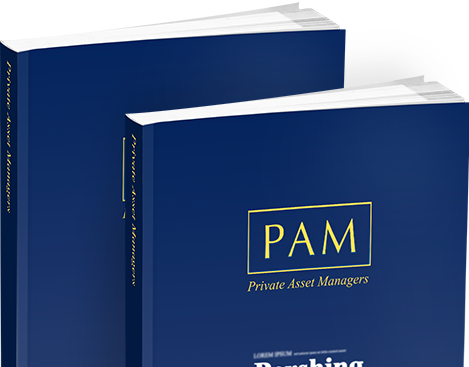Before discussing how to review portfolios and your private asset managers, it is worth remembering the importance of drawing up an investment policy statement when you appoint managers. The statement should set out guidelines and objectives for how they should manage your portfolios.
By detailing the investment objectives and strategy in a written statement, it makes it easier for the private asset manager to construct and manage a portfolio to meet your specific wishes. It also makes the review process more straightforward, as the objectives have been agreed and authorised in writing.
As well as the aims and objectives of the portfolio, the investment policy statement should outline your risk profile and the time frame over which you want to achieve your objectives, any investment preferences, any constraints over the stocks or sectors that the manager can invest in, the asset allocation, benchmarks to be used and how ongoing reviews and reporting will be conducted. It should also highlight the currency to be used within the portfolios and in reports to be sent to you, as well as any liquidity constraints and liabilities due, such as cash for income tax payments and school fees.
When you come to monitor your portfolio, however, it may be that the original investment policy statement is no longer appropriate. In this case, it is necessary to redraft the statement, obtain a new strategy and agree how this will be achieved with the private asset manager.
The PAM Directory is a comprehensive guide on comparative data focusing on asset managers, investment managers, private banks, stockbrokers, wealth managers and multi-family offices, who provide discretionary and/or advisory portfolio management services for private clients.
Order Now
Subscribe to PAM to hear about the latest news and promotions
Site Content Copyright PAM Insight Ltd 2016
This option is not available when logged in as a Private Asset Manager.
For registering with PAMonline. You should now receive an email asking you to verify your email address. If you do not receive this email, please call +44 (0)207 967 1601 for assistance.
To reset your password please enter code below.
To restore your password please enter your email below.
To see full information of the Private Asset Managers, plus the opportunity to rate and follow, login or register
For registering with PAMonline.
You should now receive an email asking you to verify your email address.
If you do not receive this email, please call +44 (0)207 967 1601 for assistance.
To return to the Home page, click here
To see full information of the Private Asset Managers,
plus the opportunity to rate and follow, login or register.
Please fill in all the fields.
To activate your account enter valid activation code below.
To resend activation email type in your registered email address below. Or contact the PAM office on +44 (0)20 7967 1608 to get instructions to activate your account.
